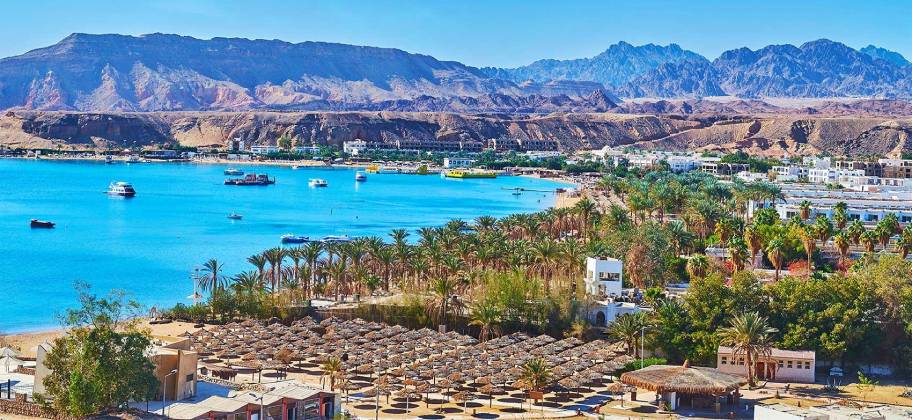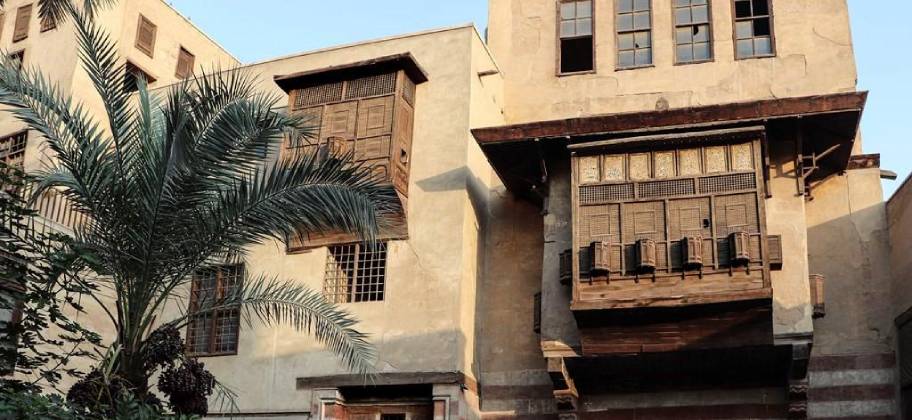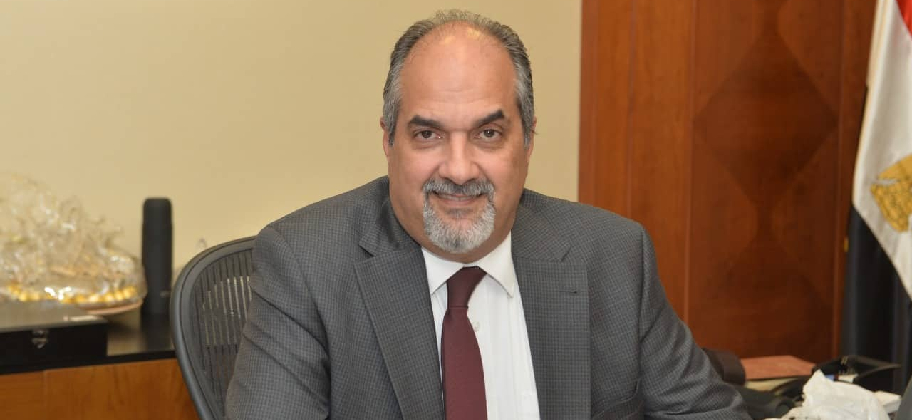The President of the Environmental Affairs Agency, Dr. Ali Abu Sena, confirmed that the Egyptian government has taken a series of measures to activate the concept of sustainable cities in Sharm El Sheikh, in parallel with the development of the “Green Sharm” project to transform Sharm El Sheikh into a green city. This is achieved through a number of sustainable infrastructure and service projects, along with the implementation of biodiversity conservation measures.
This came during the speech delivered by the President of the Environmental Affairs Agency on behalf of the Minister of Environment, Dr. Yasmine Fouad, at the opening of the preliminary workshop for the project to transform Sharm El Sheikh into a green city (Green Sharm); which marks the official launch of the project implemented by the Ministry of Environment in cooperation with South Sinai Governorate and the United Nations Development Program.
Abu Sena explained that the workshop aims to officially launch the Green Sharm project, discuss the key issues of the project, its general framework, implementation strategy, and ways of cooperation between all stakeholders to ensure the achievement of the main goals. One of the main goals is to transform Sharm El Sheikh into the first green and sustainable tourist city in Egypt and the Arab region, achieving sustainability in the tourism sector and ensuring its growth without threatening natural resources.
Abu Sena also pointed out that the Ministry of Environment has started a long journey to integrate the environmental dimension into the tourism sector since 2018, through a project to integrate biodiversity into tourism in close cooperation with the Ministry of Tourism, the Tourism Development Authority, and the private sector. This includes setting sustainable tourism development standards, creating guidelines for sustainable practices in hotels and restaurants to support the Green Star label, and introducing the Green Fins label. On the level of protected areas and environmental tourism, management plans have been developed for Sharm El Sheikh coast and Ras Mohammed Reserve, in addition to launching the Eco Egypt campaign and integrating local communities into environmental tourism.
He praised the decision of South Sinai Governor Khaled Fouda to form a committee at the governorate level to monitor, support, and overcome obstacles that may face the project, including all stakeholders and local residents.
On his part, South Sinai Governor Khaled Fouda affirmed the governorate’s initiative to implement a set of measures in cooperation with relevant ministries to activate the concept of sustainable cities in Sharm El Sheikh, especially in preparation for the COP27 climate conference. This includes implementing several sustainable projects, setting a clear strategy and implementation plan through the Green Sharm project, establishing success indicators linked to the governorate’s development indicators using GIS (Geographic Information System), and supporting local communities and comprehensive development for residents of natural reserves.
Mohamed Aliwa, the Director of the Biodiversity Integration in Environmental Tourism Project at the Ministry of Environment, stated that the “Green Sharm” project, implemented by the Ministry of Environment in cooperation with the United Nations Development Program, South Sinai Governorate, and funded by the Global Environment Facility with a grant of $7 million over 6 years, aims to transform Sharm El Sheikh into a comprehensive model for a sustainable tourist city with regional and global significance. This is achieved through setting and implementing a strategy to achieve this goal in several aspects, including applying effective policies and measures, providing technical and financial support for low-emission technologies in energy, transportation, and water sectors, implementing an integrated waste management plan, and improving the natural resources management system in the city and neighboring reserves (Ras Mohammed, Nabq, and Abu Galum) while focusing on the integrated development of residents of these reserves and creating opportunities to integrate them into natural resource protection or environmental tourism systems.
Ministry of Environment launches project to transform Sharm El Sheikh into a green city in cooperation with the United Nations




